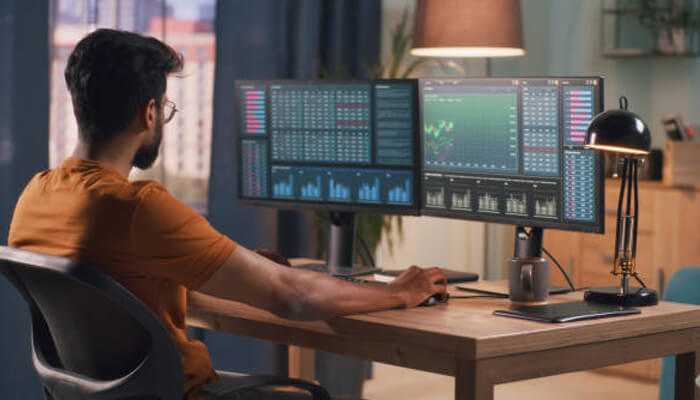When central banks speak, markets listen, and sometimes they react before a single word is spoken. Interest rate decisions don’t just move the stock market once they are announced. They shape expectations days, even weeks in advance. That is exactly where Dow Jones Futures come into play.
Traders and investors use these contracts as an early read on how sentiment is shifting in response to rate policy. Whether rates are expected to rise, stay the same, or even fall, futures often reflect that mood long before the market officially responds.
Dow Jones Futures Performance: Tracking The Pulse Of Monetary Policy
Think of Dow Jones futures performance as a pressure gauge. When expectations point toward higher rates, futures often dip. As rates climb, taking on new debt doesn’t seem as appealing, so many people and companies pull back a little on their plans. That shift in behavior is something the market watches closely, especially through futures.
This isn’t just about reacting to headlines. Traders pay attention to the tone of press conferences, the language in statements, and even small changes in forward guidance. If the central bank sounds cautious, futures might move up. If the language is more aggressive, markets could pull back.
The interesting part is how this all happens before the stock market opens. Futures offer a preview shaped by how participants interpret policy signals, not just by the news itself.
Dow Futures Chart: Spotting Shifts Before They Happen
A glance at a Dow futures chart around rate decision days can be telling. Price often starts to tighten into a narrow range just before an announcement. This period of calm usually doesn’t last long. Once the decision hits the wire, the chart may come alive, breaking out sharply in one direction as traders adjust their positions.
These moves aren’t always logical in the moment. Sometimes, futures surge after a rate hike simply because it was already priced in. Other times, they fall even when rates remain unchanged because the commentary felt too uncertain. That’s why watching how price behaves, not just what was said, can offer insight.
Reading the chart is less about being clever and more about being present. You notice how price reacts near key levels, how quickly volume builds, and where momentum starts to form.
Dow Futures Overview: Navigating A Changing Policy Landscape
Having a broad Dow futures overview helps you make sense of rate-driven volatility. Futures don’t aim to predict every move a central bank will make. What they do well is reflect how traders feel about possible outcomes. Let’s say people are hoping for multiple cuts over the year, but only one happens. That mismatch could lead to a drop. But if hardly anyone was expecting a pause, and it suddenly comes, the market might take it as a good surprise and push higher. It is all about what was priced in ahead of time and what changes after the announcement.
By following the clues in futures, you can prepare for different scenarios. You might scale down your exposure before a major policy update or build in a hedge to protect against wild swings.
This is also why many experienced traders avoid reacting immediately after a rate announcement. Instead, they observe how Dow Jones Futures behave during the first few minutes and wait for the market to digest the news. That brief pause often reveals more than the headlines themselves. It gives clues about what matters to investors at that moment.
Either way, these contracts give you a real-time way to stay tuned in when rate talk starts heating up.



